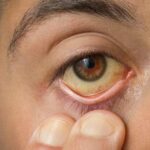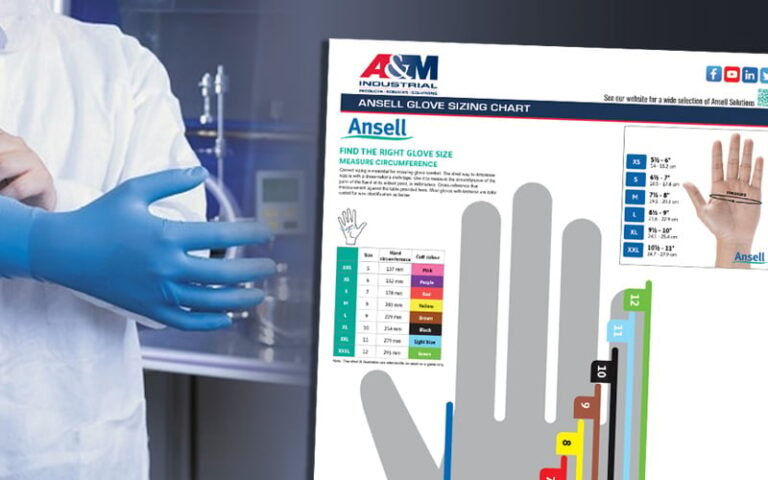
Jaundice is a common medical condition characterised by yellowing of the pores and skin, eyes, and mucous membranes due to excessive levels of bilirubin in the blood. While jaundice itself is a symptom of an underlying situation in preference for the ailment, it may be severeJaundice is not an unusual medical situation characterized by way of yellow inside the pores and skin, eyes, and mucous membranes because of high tiers of bilirubin within the blood. While jaundice itself is a symptom of an underlying condition in preference for the disease, it can be a severe complications of jaundice if it is not treated. This headache varies depending on the cause, whether due to liver disease, hemolytic problems, or the obstruction of the bile duct.
Understanding the ability risks and knowing a way to manipulate them is essential for preventing long-term harm. This article explores the predominant complications of jaundice, their underlying reasons, and effective management techniques.
Major Complications of Jaundice
1. Kernicterus (Bilirubin Encephalopathy)
One of the maximum severe complications of jaundice is, specifically in newborns, cholestasis. This takes place whilst immoderate bilirubin crosses the blood-brain barrier, increasing permanent neurological harm.
Symptoms:
- Poor feeding and lethargyPoor feeding and lethargy
- High-pitched crying
- Muscle stiffness or floppiness
- Seizures and arching of the again (opisthotonos)
Management:
- Photosrapy – number one treatment for newborn jaundice, using blue lights to break bilirubin.
- Exchange transfusion – In excessive instances, replacing the child’s blood to unexpectedly decrease bilirubin levels.
- Early diagnosis and monitoring – Regular bilirubin stage assessments in high-threat toddlers.
2. Liver Failure
The chronic jaundice caused by liver diseases (including hepatitis, cirrhosis or intoxicating liver disease) can develop in a life-threatening difficulty.
Symptoms:
- Confusion (hepatic encephalopathy)
- Severe fatigue
- Swelling inside the stomach (ascites)
- Bleeding problems (because of impaired clotting)
Management:
- Treatment of underlying cause (antiviral for hepatitis, alcohol ending).
- Liver transplant in high-level cases.
- Dietary changes (low-potassium, excessive protein diet with clinical supervision).Dietary changes (low-podium, excessive protein diet with clinical supervision).
3. Gallstones and Bile Duct Obstruction
When jaundice is the result of a blocked bile duct (due to gallstones, tumors, or rigor), complications such as cholangitis (contamination of the bile duct) or pancreatitis may occur.
Symptoms:
- Severe abdominal pain
- Fever and infection
- Yellow stools and dark urine
Management:
- ERCP (endoscopic retrograde cholangiopancreatography) – to remove gallstones or stents.
- Surgery – cholecystectomy (gallbladder removal) whose gallstone are recurrent gallstones.ERCP (endoscopic retrograde cholangiopancreatography) – to remove gallstones or stents.
- Surgery – cholecystectomy (gallbladder removal) whose gallstone are recurrent gallstones.
- Antibiotics – to treat infections such as kollangitis.
4. Hemolytic Anemia
In instances in which jaundice is caused by immoderate purple blood mobile destruction (hemolysis), excessive anemia can develop, leading to fatigue, weakness, and coronary heart headaches.
Symptoms:
- Pale skin
- Rapid heart rate
- Shortness of breath
Management:
- Treating the underlying cause (e.g., malaria, sickle-cell ailment, autoimmune issues).
- Blood transfusions in excessive anemia.
- Folic acid dietary supplements to assist red blood cell production.
5. Chronic Kidney Damage
Severe jaundice, especially whilst related to situations like hemolytic uremic syndrome (HUS), can impair kidney feature.
Symptoms:
- Decreased urine output
- Swelling in the legs and face
- High blood pressure
Management:
Dialysis in acute kidney failure.
Hydration and electrolyte treatment.
Treatment of the basic purpose (eg, infection, autoimmune disease).
6. Sepsis (Blood Infection)
Capsis, a leading infection of jaundice (such as newborn sepsis or bile infection), can develop in a life-threatening condition.
Symptoms:
- High fever or hypothermia
- Rapid breathing and heart rate
- Confusion
Management:
- Immediate antibiotics (extensive-spectrum first of all, then targeted remedy).
- IV fluids and ICU care for severe cases.
Preventing Complications of Jaundice
1. Early Diagnosis and Monitoring
- Newborns: Routine bilirubin exams before discharge.
- Adults: Liver characteristic assessments (LFTs), ultrasound, or MRCP if obstruction is suspected.
2. Prompt Treatment of Underlying Causes
- Viral hepatitis: antiviral medications.
- Alcohol -related liver disease: restraint and nutrition support.
- Gallbladder blocking: Surgical or endoscopic intervention.
3. Lifestyle and Dietary Adjustments
- Hydration further helps you remove bilirubin.
- Balanced food regimen: Low-fat for liver health, high fiber ingredients.
- Avoid alcohol and hepatotoxic medicinal drugs (eg, acetaminophen in high doses).
4. Vaccinations and Preventive Care
- The hepatitis B vaccine is used to prevent viral hepatitis.
- Regular check-up.S.For people with chronic liver conditions.
Conclusion
Jaundice is not only a cosmetic difficulty—it can cause intense headaches of jaundice if not noted. In newborns, from kernicterus to liver failure and sepsis in adults, the danger is great. However, with initial detection, proper clinical intervention, and lifestyle control, most headaches can be handled on average or impressively. In newborns, from kernicterus to liver failure and sepsis in adults, the danger is great. However, with initial detection, proper clinical intervention, and lifestyle control, most headaches can be handled on average or impressively.
If you or a loved one experiences continual jaundice, are seeking for medical interest at once to keep away from lengthy-time period damage. Awareness and timely motion are key to handling the headaches of jaundice efficiently.







